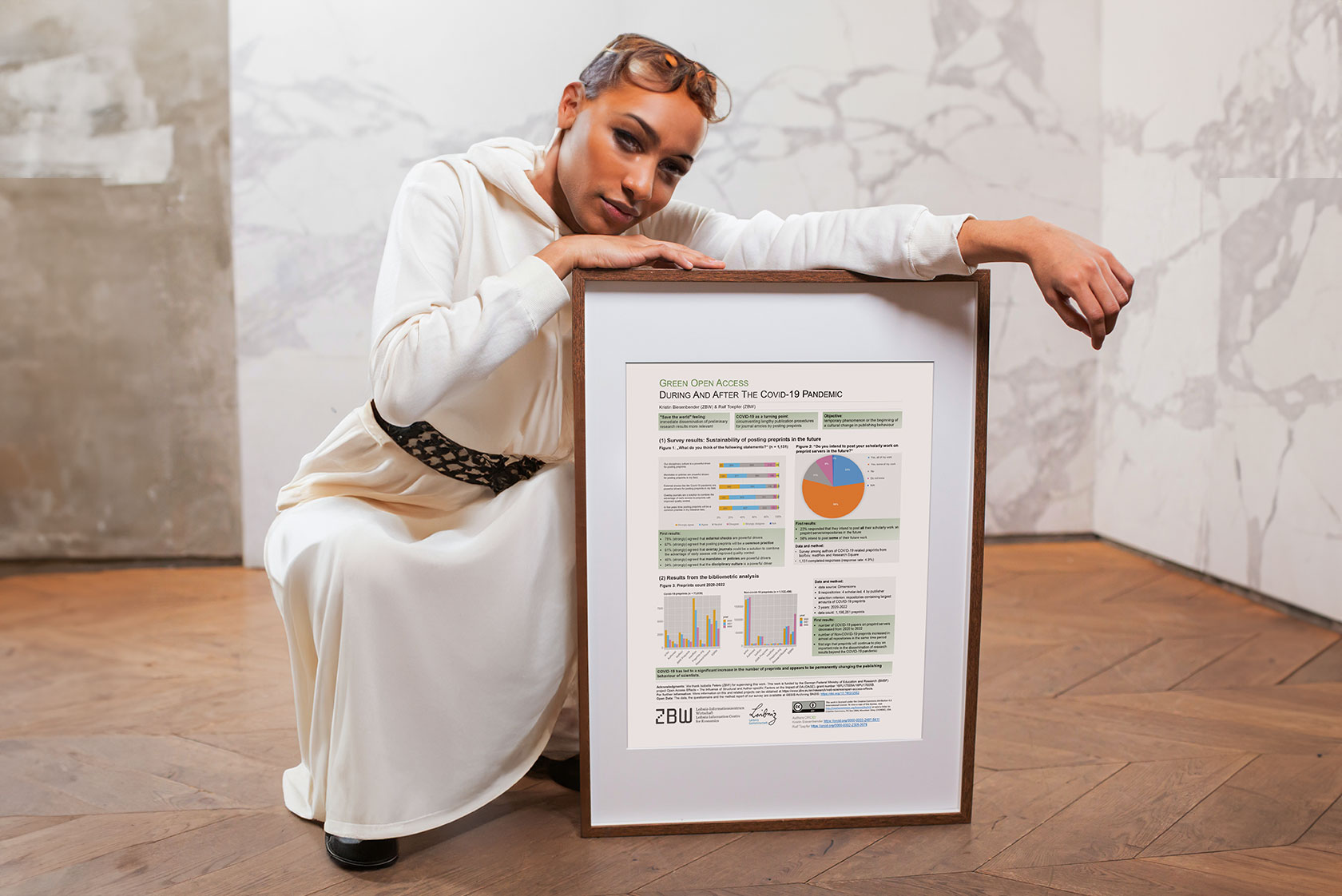
Open Access During the Pandemic: Prelude to a Permanent Change in Publishing Behaviour?
Is the observable increase in preprints during the COVID-19 pandemic a temporary phenomenon or the beginning of a permanent change in the publication behaviour of researchers? Kristin Biesenbender and Ralf Toepfer investigated this question as part of a survey.
by Kristin Biesenbender and Ralf Toepfer

At the Open Access Days 2023, which took place at the FU Berlin at the end of September, Kristin Biesenbender and Ralf Toepfer from the ZBW presented selected results of their new study in a poster session and discussed them with the conference participants. Their study deals with the changing publication behaviour of researchers in the life sciences.
What is it all about?
At the beginning of the COVID-19 pandemic, there was a veritable flood of preprints of manuscripts, especially in the life sciences, which were made Open Access on so-called preprint servers (Fraser, N., Brierley, L., Dey, G., Polka, J. K., Pálfy, M., Nanni, F., & Coates, J. A. (2021). The evolving role of preprints in the dissemination of COVID-19 research and their impact on the science communication landscape. PLOS Biology, 19(4) and Puebla, I., Polka, J., & Rieger, O. Y. (2022). Preprints: Their Evolving Role in Science Communication. Against the Grain (Media), LLC). The reason was the urgent need to quickly publicise the findings on the impact of the virus and the development of vaccines. Many researchers used the pre-publication of their research results to bypass the often lengthy publication processes of traditional journals. This was enabled by preprint repositories such as bioRxiv, medRxiv or ResearchSquare, which had only been slowly adopted by the scientific community before the pandemic.
With the outbreak of the COVID-19 pandemic, there was a rapid increase in preprints on these repositories from April 2020 (Fraser, Brierley et al., 2021). Unlike in economics or physics, where a distinct preprint culture exists, this was a new phenomenon for the life sciences. We wanted to find out whether the increase in preprints in the life sciences is a one-off, quasi-crisis-related phenomenon or the beginning of a permanent (cultural) change in the publication behaviour of researchers.
What did we do?
In order to investigate our research question as to whether the observable increase in preprints is a temporary phenomenon or the beginning of a permanent change in the publication behaviour of researchers, we first conducted a survey and then underpinned this with a bibliometric output analysis.
The survey questionnaire, which contained 25 questions on experiences, motivation, concerns, the role of research funders and future developments, was sent to 24,219 authors of COVID-19 preprints, of which we received 1,131 fully completed responses. On our Open Access Days poster, we have documented the answers to two questions that provide clues for the future publication of preprints
In the bibliometric output analysis, we compared the number of COVID-19 and non-COVID-19 preprints from 2020-2022 from eight repositories using the Dimensions database.
What was the outcome?
The results of our survey show that 67% of respondents agree with the statement that the pre-publication of research results in the form of preprints will continue to be a common practice in the future. Of those surveyed, 56% stated that they would continue to publish some of their work as preprints in the future and 23% even stated that they would publish all of their work as preprints in the future.
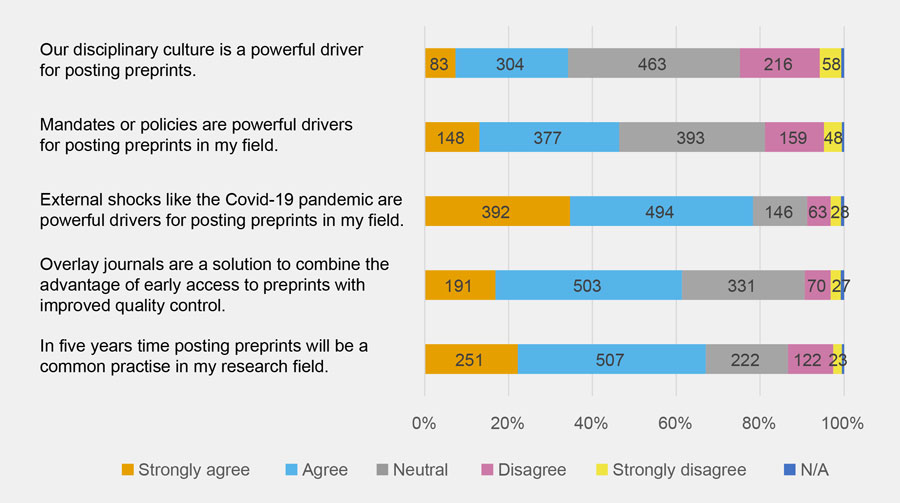
Figure 1: “What do you think of the following statements?” (n=1,131)
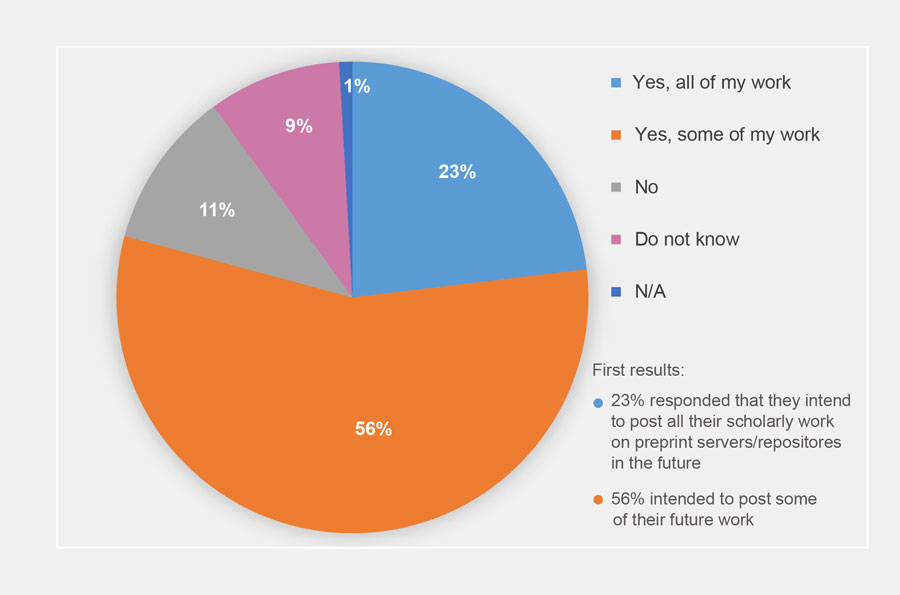
Figure 2: “Do you intend to post your scholarly work on preprint servers in the future?”
In the bibliometric output analysis, we found that the number of COVID-19 preprints decreased continuously from 2020 to 2022, while the number of non-COVID-19 preprints increased over the same period.
Figure 3: Preprints count 2020 – 2022
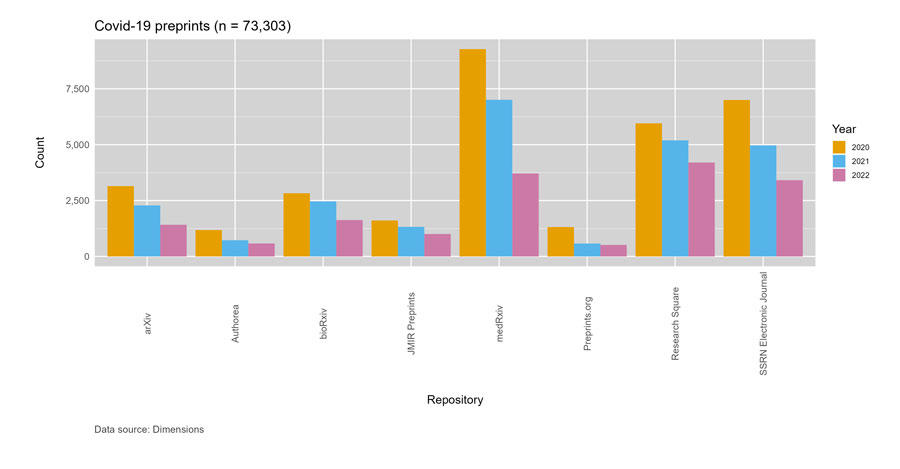
Figure 3: Covid-19 preprints (n=73,839)
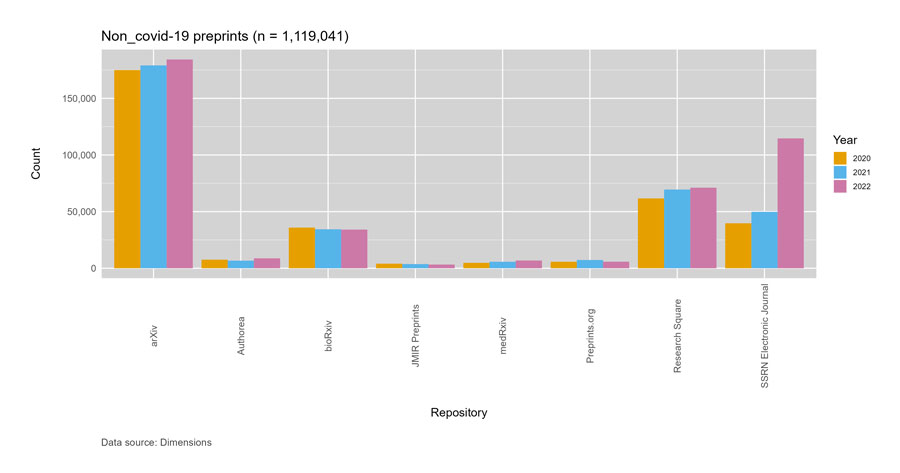
Figure 3: Non-covid-19-preprints (n=1,122,456)
Although it is certainly still too early to make a final judgement, it can already be stated that COVID-19 has led to a significant increase in the number of preprints and there are initial signs that preprints have become established as a publication type in the life sciences. The “Ingelfinger rule” which has been followed in the life sciences for decades and is intended to ensure that medical research reports should first undergo peer review before being published, is therefore no longer strictly applied these days and is taking a back seat in favour of the rapid publication of research results.
Further information:
- Toepfer, Ralf, & Biesenbender, Kristin. (2023). Green Open Access During and After the COVID-19 Pandemic. Open Access Days 2023, Berlin. Zenodo.
- Open Access Barcamp 2023: Live and in Color
- EconStor survey 2022: Repository Registers Satisfied Users, but More Marketing Efforts Needed
- Publication Behaviour in Economics: Coronavirus Pandemic Turns out to be a Temporary Shock
Kristin Biesenbender is head of the Wirtschaftsdienst | Intereconomics department and deputy editor-in-chief of Wirtschaftsdienst at the ZBW – Leibniz Information Centre for Economics as well as a doctoral candidate at the University of Hamburg in the field of sociology, in particular science studies.
Portrait: Kristin Biesenbender©
Ralf Toepfer works in the Publication Services department of the ZBW – Leibniz Information Centre for Economics, where he is responsible for discipline-specific services for the management of economic research data, prepares publication analyses in the context of the Open Access transformation and supports the development of the Open Library Economics (OLEcon). He can also be found on Mastodon.
Portrait: ZBW©, Photographer: Sven Wied
View Comments

Open Educational Resources: Open Economics Guide now Covers More Topics
The ZBW's Open Economics Guide now offers a new section on Open Educational Resources...



